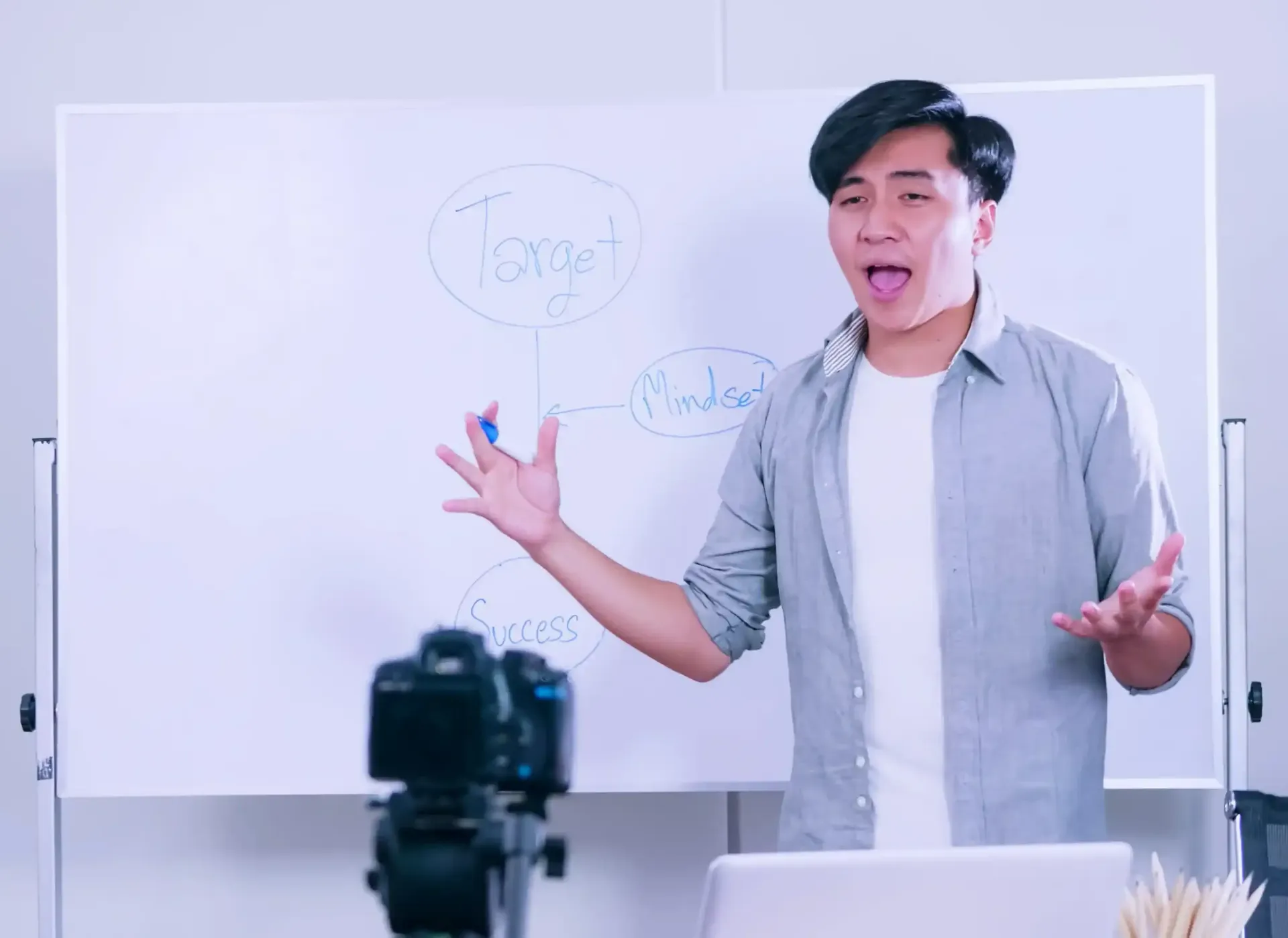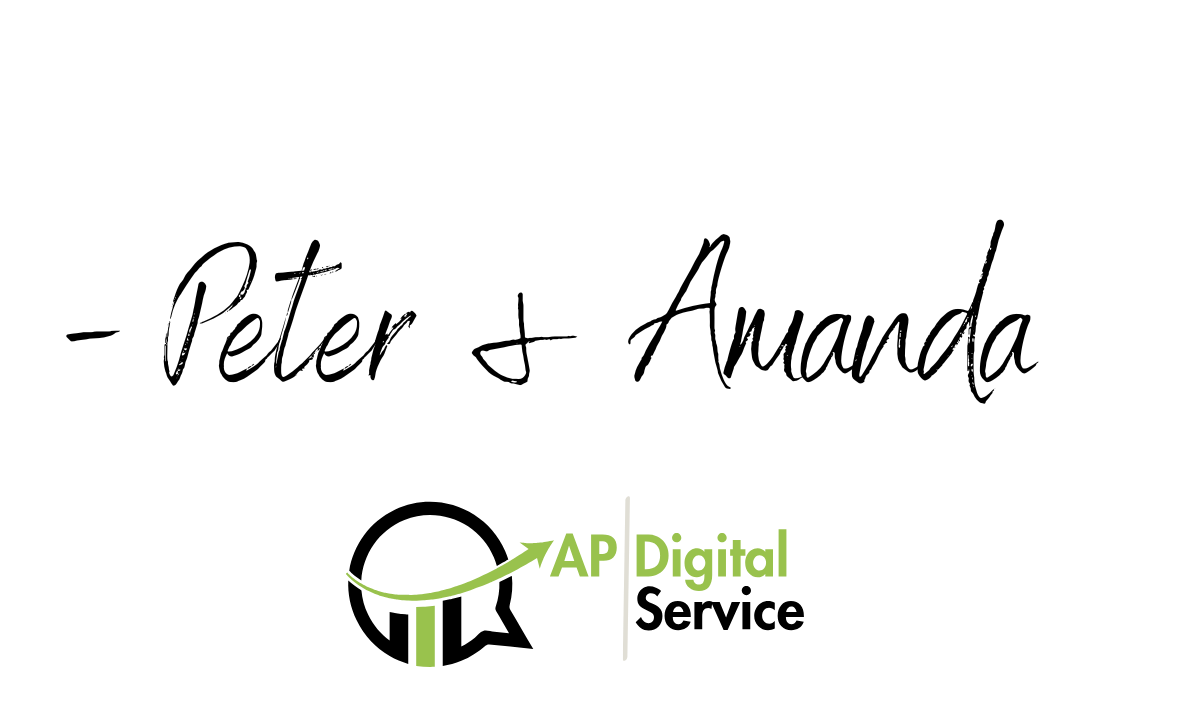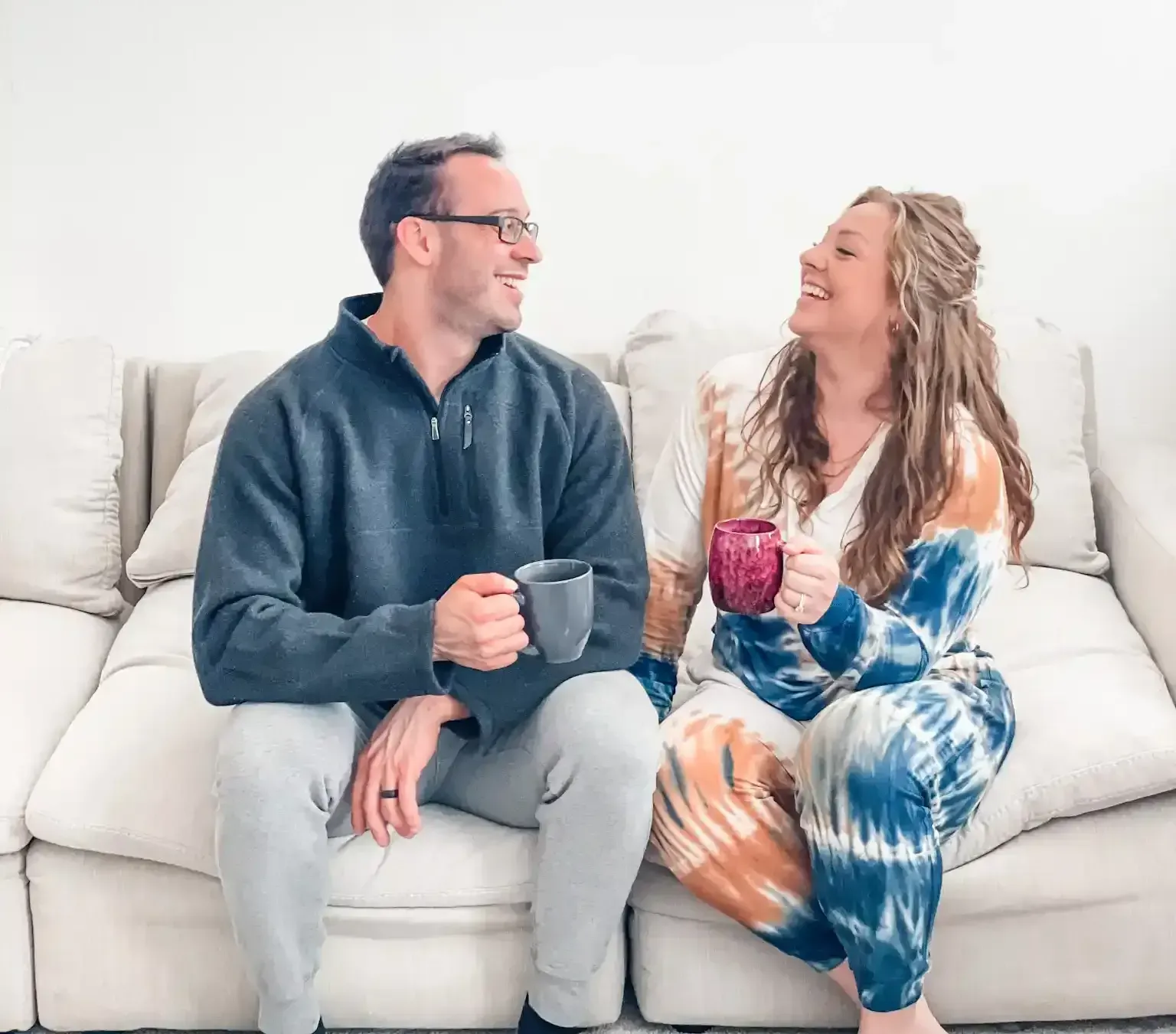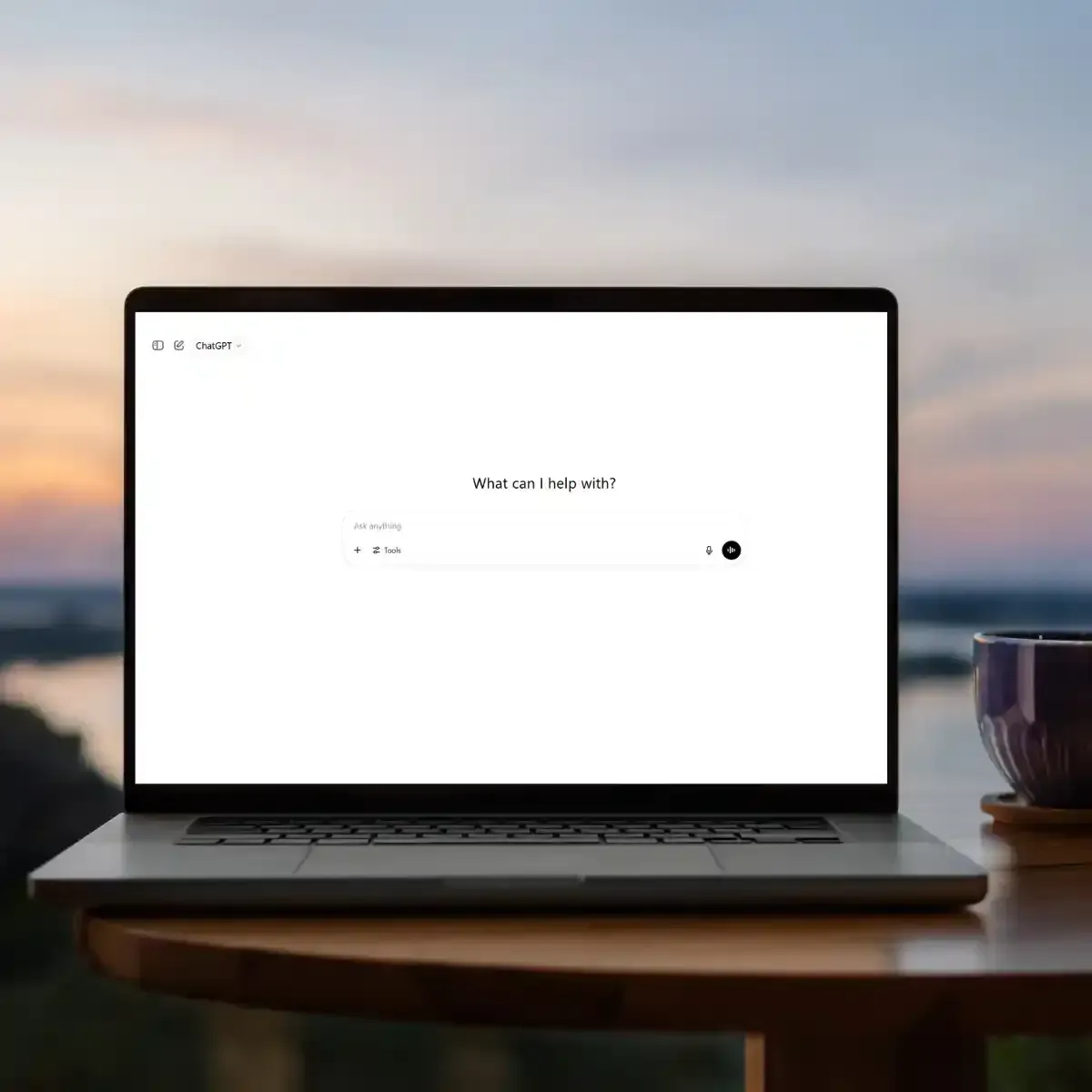How Creators Are Moving Beyond Live Masterclasses and Scaling with SEO and GSO in 2025
TL;DR
- Live masterclasses are no longer a reliable growth or marketing strategy for creators. They demand too much time and deliver diminishing returns.
- Creators are switching to search engine optimization (SEO) and generative search optimization (GSO) to grow without being tied to daily social media posts or live events.
- By investing in optimized websites, evergreen blog content, and AI-enhanced tools, creators are achieving more revenue, visibility, and freedom.
Why Creators Are Moving Beyond Live Masterclasses and Scaling with SEO and GSO
When I launched my online fitness coaching business, I relied solely on social media content creation to find clients. It worked, until it didn’t. The constant need to create, post, reply, and show up live to boost engagement wore me down. And when engagement dipped, so did my income.
Eventually, the burnout ended the business.
That hard lesson led me to search engine optimization, and later, generative search optimization (GSO). These tools changed everything.
Now, I help creators make the same shift.
One client, a career coach, depended on masterclasses promoted via LinkedIn. When they stopped converting in late 2024, he hired us to modernize his digital strategy and build out inbound marketing. We built an SEO & GSO-optimized site, created blog content with valuable insights, and turned his homepage into a high-converting funnel.
Today, he earns over
$10K more monthly and gets consistent inbound leads, all without running live events.

What Is the Role of Digital Marketing for Creators?
Digital marketing is how creators build long-term visibility, get more qualified leads, and grow revenue without relying on daily social media posting.
It includes strategies like:
- Content marketing through blogs, videos, and email newsletters
- Search engine optimization (SEO) to appear in organic search results
- Google Ads for targeted, paid traffic
- And now, generative search optimization (GSO) to be cited by AI tools like Google SGE and Perplexity
Unlike social media, which rewards speed and constant content creation, digital marketing is about creating evergreen assets that keep working in the background. A helpful blog post, optimized landing page, or educational YouTube video can attract the right audience for months, or years, with zero extra effort.
For example:
- A blog post about career transitions in 2025 can appear in both the search engine results page and be cited by Google's SGE
- A homepage designed as a sales funnel can convert visitors day or night, even if you’re offline
- AI tools can repurpose long-form content into infographics, social snippets, or newsletter content
For creators, digital marketing is a key part of digital strategy and is the bridge from unpredictable social growth to a predictable, scalable business model. It turns your expertise into discoverable, helpful content that generates leads and sales, without needing to be “always on.”
If you’re ready to scale with more freedom and less hustle, digital marketing backed by smart SEO and GSO is the way forward.

How to Build Digital Marketing Strategies That Work
Step 1: Prioritize Content Marketing
Content marketing is still the most effective way to attract new clients while building brand equity without relying on trends or algorithms.
What works best:
- SEO-driven blog posts that solve problems your audience is actively searching about
- Infographics for Pinterest, linking back to your site, to drive long-tail traffic
- Repurposed social posts from blog content to stretch every idea across multiple channels
One content creator we support saw a $13K/month revenue jump after shifting to our GSO & SEO strategy. This strategy uses
relevant keywords, re-building an optimized website, regularly posting helpful blog posts, and having fast-loading web pages.


Step 2: Identify Key Strategies With Keyword Research
Strong marketing strategies start with keyword research.
Knowing exactly what your audience types into Google helps shape:
- Page copy
- Blog topics
- Site structure
Whether you're a coach, podcaster, or educator, the principles stay the same:
- Match your content with user intent
- Make your homepage act like a funnel
- Use relevant keywords on every major page
We've helped multiple clients move from being invisible in search to top-ranked by focusing only on terms their ideal clients are Googling, resulting in true search engine optimization.
Step 3: Support Your Marketing Teams With Tools and AI
If you're building a marketing team or hiring support, make sure they’re using AI, as this is a key strategy to increase productivity without sacrificing brand quality.
Here’s what works:
- Using AI to analyze search engine results pages (SERPs)
- Drafting blogs with tools like ChatGPT, then refining for brand voice and E-E-A-T
- Building optimized sites at scale, without weeks of manual formatting
We’ve used AI since 2023 and pair it with human editing and strategy. The result is faster delivery, higher accuracy, and
content that actually converts.


Step 4: Implement Creative Solutions Like Google Ads
Google Ads can deliver immediate results if set up strategically.
Here’s how we do it:
- Start with narrow audience targeting (age, location, buying behavior)
- Watch performance closely in the first 2 weeks
- Gradually expand criteria once we find what works
This method reduces wasted spend and boosts ROI. For one coaching client, balancing organic SEO with targeted ads helped them double qualified leads without increasing their ad budget.
Step 5: Enhance Customer Experience With Smart Website Funnels
The creators with the most effective digital marketing strategies treat their homepages like sales funnels.
That means:
- Clear “who it’s for” messaging
- Straightforward breakdowns of your offer
- Strong CTAs that move people toward action
We’ve also added
custom AI chatbots to client sites. They help curious leads get answers instantly and continue into the funnel rather than bouncing away. This two-pronged approach,
homepage as funnel plus
AI support, consistently leads to $10K+ in monthly gains.

Leveraging AI Tools for a Smarter Marketing Strategy
How Creators and Their Digital Marketers Use AI Tools in 2025
AI tools have become an essential part of every successful content creator’s marketing strategy.
Not because they replace human creativity, but because they enhance it.
In 2025, creators are using AI to scale smarter, not harder. Rather than being stuck in an endless content loop, they’re leveraging AI for efficiency, idea generation, and audience targeting, all while maintaining a personal touch.
Here’s how we help creators use AI strategically:
Keyword Optimization and Content Ideas:
AI helps us identify what ideal clients are searching for by analyzing real-time search engine data. This means we can target relevant keywords and generate SEO content ideas that match current trends and user intent.
AI Chatbots for Website Engagement:
We customize AI chatbots that guide site visitors through your funnel, answering FAQs, highlighting services, and collecting leads 24/7. These bots reduce bounce rates, improve customer experience, and increase conversions.
Drafting Content That Gets Refined by Humans:
AI tools are fantastic for creating first drafts of blog posts, headlines, and meta descriptions. But the real magic happens when we shape that content to align with your
brand identity, ensure
SEO performance, and provide
valuable insights to your readers.

Why Human Expertise Still Matters
AI is powerful, but it’s not perfect.
We’ve seen firsthand that raw AI content lacks nuance. It can miss the tone, overuse keywords, or create generic messaging that won’t connect with your audience and hurt brand equity. That’s why we never publish content without reviewing and refining it.
We add:
- First-person stories and real-life examples
- Industry context and creator-specific voice
- GSO best practices to improve answer engine citations
The result is a blend of speed, relevance, and quality. This improves brand equity while giving you a competitive edge in both traditional search engines and AI-driven results like Google SGE and Perplexity.
For creators in 2025, the smartest move isn’t ignoring AI, it’s learning how to use it
alongside innovative strategies to build scalable systems, save time, and drive real growth.
The Role of the Marketing Strategist: Future-Proofing Your Business
A skilled marketing strategist helps creators stop chasing trends and start building sustainable, long-term visibility.
In 2025, that means understanding not just SEO, but
GSO (generative search optimization),
AEO (answer engine optimization), and how to adapt your content for evolving platforms like Google SGE and Perplexity.

Why GSO Changed Everything in 2024
In late 2024, Google launched its Search Generative Experience (SGE), placing AI-generated answers above traditional organic results. This shift drastically reduced visibility for content that wasn’t built to be cited by AI tools.
What got pushed down:
- Standard blog posts not optimized for structured data
- Websites without semantic content or clear headings
- Pages with weak internal linking and outdated keyword strategies
What got pulled up:
- Well-structured, question-based content
- Pages that offered clear, concise, and quotable answers
- Websites that focused on user intent and included E-E-A-T signals

How We Helped Clients Stay Visible
When the change hit, we didn’t panic, we pivoted.
Our marketing strategy now includes:
- Updating existing blog content to match answer engine formats
- Optimizing site pages with relevant FAQs, structured markup, and schema
- Publishing helpful, search-friendly content that answers real questions ideal clients ask
As a result, our clients began appearing in:
- Featured results in Perplexity.ai
- Top 5 GSO citations in Google SGE
- Increased organic traffic without ad spend
Why This Matters for Creators
When your content is optimized for AI-generated search, you’re not just visible, you’re trusted.
Benefits of being cited in GSO tools:
- You drive qualified leads from users with high intent
- Your website appears at the very top of the search experience
- You reduce dependency on ads and social media to get discovered
With a future-proof digital marketing plan, you can:
- Build a website that acts like a funnel
- Create evergreen blog content that keeps working while you rest
- Stay ahead of trends by preparing for the next wave of search changes
This is what future-proofing looks like:
- Traffic without hustle
- Visibility without burnout
- Growth without gambling on the algorithm
If you're ready to stop chasing and start scaling, an SEO & GSO-savvy marketing strategist is your secret weapon.
(This is where we come in to build your SEO strategy and GSO strategy!)
FAQs About Moving Beyond Masterclasses
Why are live masterclasses declining?
They’re time-consuming to promote, run, and often don’t scale well. Plus, audiences now expect on-demand content they can consume at their own pace.
How can I start with SEO and GSO?
Begin with keyword research, then build website pages and blog content around those terms. Focus on solving real problems your target audience searches for.
What’s the difference between SEO and GSO?
SEO helps you rank in Google’s traditional search results. GSO gets your content cited in AI-generated answers, like those in Google SGE or Perplexity. You need both to stay competitive in 2025.

Final Thoughts: Ready to Future-Proof Your Business?
Social media is exhausting, and it’s not the only way to grow. If you’re ready to build a sustainable brand that brings in clients on autopilot, its time to explore proven strategies including SEO and GSO.
We’ve helped creators go from inconsistent income to evergreen visibility and increased predictable revenue. Let’s do the same for you.
If you want to know how we can leverage SEO & GSO to help you,
let's chat.











